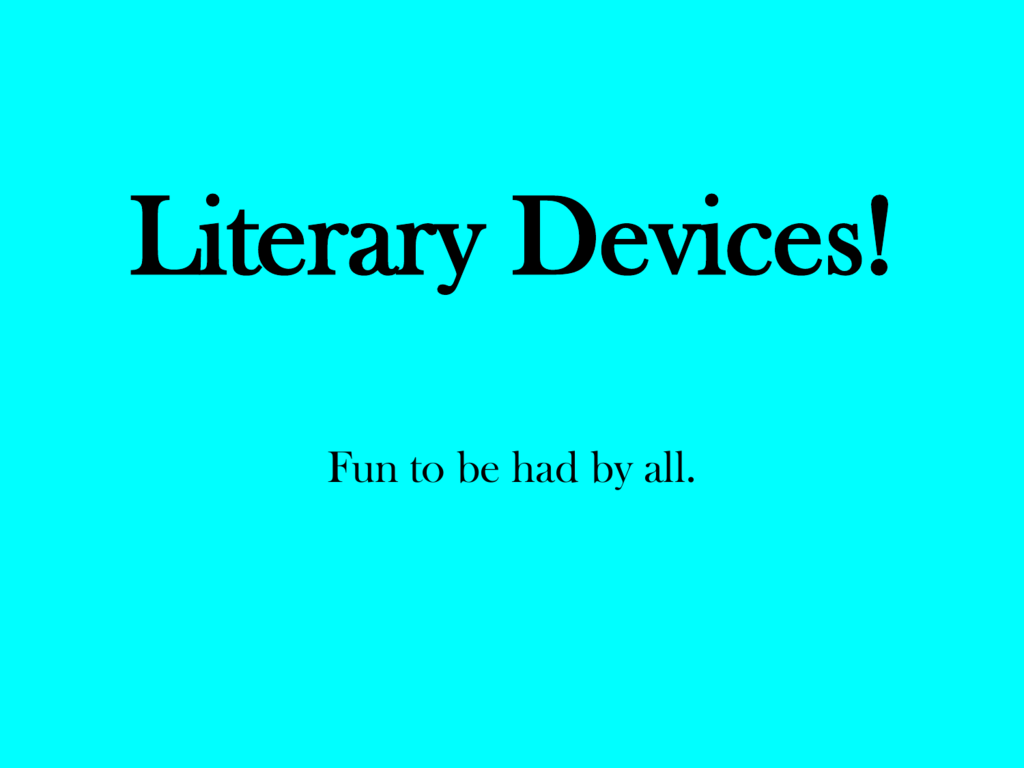Announcement
Crafting Memorable Prose: Using Alliteration and Allegory as a Literary Tool
Literature has long been a source of inspiration and enlightenment. Great writers have employed various techniques and literary devices to captivate readers, evoke emotions, and convey profound messages.
Among the plethora of tools available to authors, two stand out for their ability to leave a lasting impression on readers: allegory and alliteration.

In this article, we will delve into the world of literary devices, focusing specifically on allegory and alliteration. We will explore their definitions, examples, and discuss how they can be effectively used to enhance your writing.
Literary Devices: An Overview
Before we dive into the specifics of allegory and alliteration, let’s first understand what literary devices are. Literary devices are techniques employed by writers to create unique and memorable effects in their works. These devices go beyond the surface-level meaning of words and employ various tools such as language, structure, and imagery to add depth and impact to the text.
Allegory: Unveiling Hidden Meanings
One powerful literary device that writers often employ is allegory. Allegory is a technique in which abstract ideas, moral qualities, or historical events are represented symbolically through characters, events, or other elements in a narrative. By doing so, writers can convey complex ideas in a more accessible and engaging manner.
One notable example of allegory is George Orwell’s dystopian novel, “Animal Farm.” In this allegorical work, farm animals represent different classes of Soviet society, with the pigs symbolizing the ruling elite. Through the narrative, Orwell critiques totalitarian regimes and explores themes of power, corruption, and the dangers of unchecked authority.
By using allegory, writers can infuse deeper meaning into their stories, allowing readers to reflect on societal issues and contemplate the human condition. It adds layers of interpretation and invites readers to engage with the text on multiple levels.
Alliteration: A Symphony of Sounds
While allegory focuses on the meaning behind the words, alliteration is a literary device that centers around the sounds of words. Alliteration is the repetition of consonant sounds at the beginning of neighboring words or stressed syllables. This technique creates a musical quality and rhythm in the text, making it more memorable and engaging.
Consider this line from Shakespeare’s play, “Macbeth”:
“Fair is foul, and foul is fair.”
The repetition of the “f” sound in “fair,” “foul,” and “foul” not only creates a memorable rhythm but also reinforces the theme of deceptive appearances and moral ambiguity present in the play.
By using alliteration, writers can evoke specific emotions, emphasize key points, and create a lyrical quality in their writing. It adds a layer of artistry and helps the text resonate with readers.
Enhancing Your Writing with Allegory and Alliteration
Now that we have explored the definitions and examples of allegory and alliteration, let’s discuss how you can effectively use these literary devices to enhance your own writing.
1. Allegory in Your Writing
When incorporating allegory into your writing, consider the following steps:
a. Identify the Message: Determine the central theme or idea you want to convey through your allegory. This could be a social issue, a philosophical concept, or a personal belief.
b. Choose the Symbols: Select characters, objects, or events that can represent the abstract ideas or concepts you wish to portray. Ensure that the symbols are relevant and resonate with the overall message.
c. Weave the Narrative: Integrate the symbols seamlessly into your narrative, allowing the readers to make connections and uncover the underlying meanings. Use descriptive language and vivid imagery to enhance the allegorical elements.
d. Balance the Literal and Symbolic: Find the right balance between the literal and symbolic elements in your writing. While the allegory should be thought-provoking, it should also maintain a coherent and engaging storyline.
2. Alliteration in Your Writing
To effectively use alliteration in your writing, follow these guidelines:
a. Purposeful Placement: Place alliterative words or phrases strategically to highlight key ideas or create a desired effect. Consider the tone and mood you want to convey and choose alliteration that complements them.
b. Experiment with Sounds: Explore different consonant sounds and combinations to find the ones that best suit your writing style and the message you want to convey. Don’t overuse alliteration, as it may become distracting or monotonous.
c. Rhythmic Flow: Use alliteration to create a rhythmic flow in your writing. Consider the pacing and cadence of the words and phrases to enhance the musicality of the text.
d. Convey Emotions: Utilize alliteration to evoke specific emotions or create emphasis. The repetition of certain sounds can intensify the impact of your words and make them more memorable to readers.
Conclusion
Literary devices, such as allegory and alliteration, offer writers powerful tools to enhance their prose and leave a lasting impact on readers. Allegory allows for the exploration of complex ideas through symbolic representation, while alliteration creates a melodic quality that resonates with readers.
By incorporating these devices into your writing, you can elevate your work to new heights, engaging and captivating your audience.
Remember, if you ever need write my essay assistance with academic writing, including crafting well-structured essays, you can visit 5staressays.com. They provide professional writing services to help you succeed in your academic journey.
So, embrace the beauty of language, experiment with literary devices, and craft prose that will be remembered long after the last page is turned.
Other literary devices you should know:
Analyzing Literary Devices: The Key to Unlocking Meaning in Texts
Demystifying Literary Devices: A Comprehensive Guide for Writers